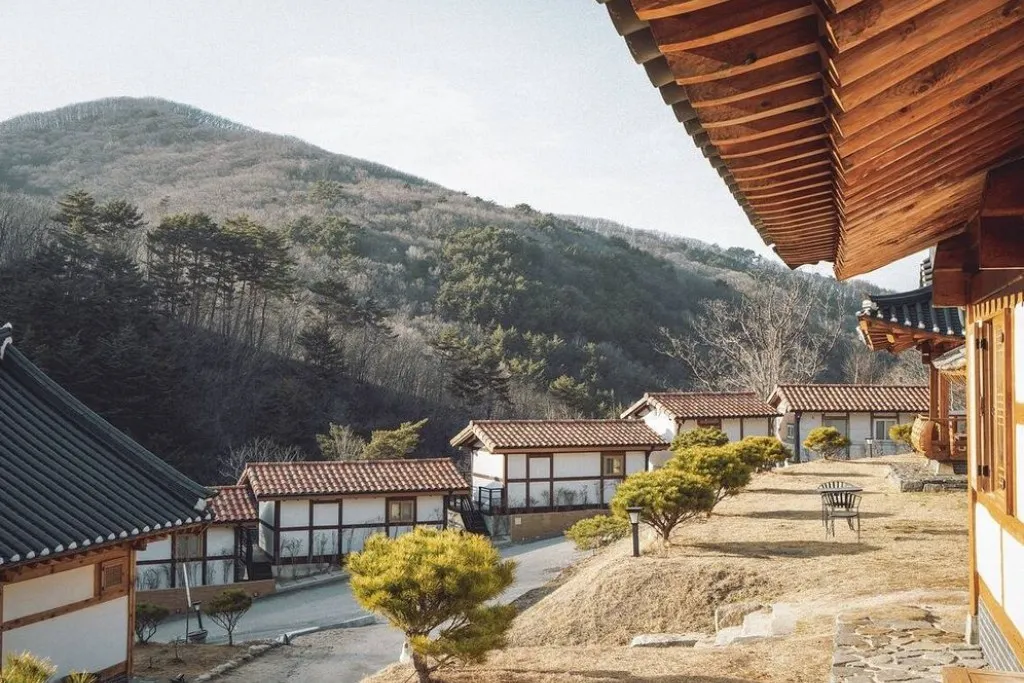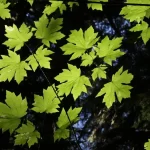Korean landscaping creates harmony between people and nature. It’s all about enhancing the human experience, while preserving the natural environment.
2,000 years of experience in gardening has innovated stroll gardens to clear your mind and unique usage of rocks to simulate an authentic and pleasing atmosphere.
What it’s Like to Walk Through Green Spaces and Gardens in Korea
I spent many years exploring South Korea from Seoul to Busan. Life can get hectic there, so a little R&R or “healing” as the locals call it is a must.
I’ve had the pleasure of strolling through epic and beautiful parks in Seoul: Yeouido, Namsan, and Gangnam, along with smaller green spaces in Hongdae. One of my favorites is Seonyudo Park. Built around Seoul’s old, decommissioned water filtration station, it features the station’s original infrastructure, including the industrial water pumps.
Korean gardens are structured to harmonize with existing landscapes. You’ll rarely see trees uprooted to be relocated. Instead, walking paths and platforms are built around them. Their use of trees and shrubs, flowers, water features, bridges, rocks, walls, paths, and even seating areas, make it a memorable and relaxing time.
Rocks create positive energy in Korean culture and are a main feature in Korean landscaping. Palaces and temples have traditionally used stone arrangements. Called susok, they’re a delight to experience.
What I Learned from Korean Landscaping
I incorporate the focus on natural design in Korea by using local plants to enhance your daily life. The Shoreline area is full of beautiful and native nature, and I always work to highlight that.


